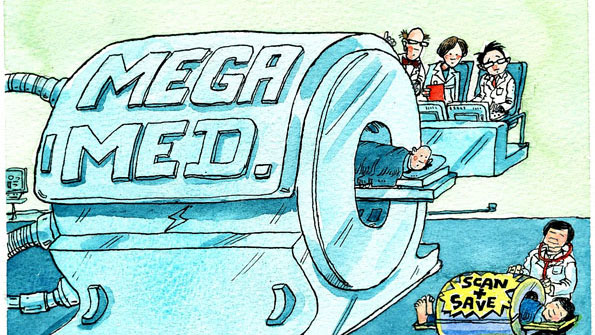For those of you following medical innovation in the developing world, the article earlier this year in The Econmist was quite informative. Here’s the link to the article. This was a good follow-up by The Economist to their more industry agnostic Frugal Innovation article from last year. Wanted to share some of my observations on frugal innovation particularly as it relates to India and medical technology.
Activity Level
- Startup activity: There is a decent bit of activity in the frugal medical innovation space in India. There are at least 15 to 20 startups that I met over the past year who are doing high quality work in this space. Most of these fall under the diagnostic devices category aimed at areas such as opthalmology, diabetes, cardiac conditions, cancer and infectious diseases. There were also a couple of companies going after therapeutic devices.
- IP creation: There is some level of Intellectual Property creation in these startups especially as they try to completely re-engineer and build the product ground up to suit the Indian price point and market conditions. Granted these are not based on years of scientific research done in an educational institution and hence are not fundamental innovations but still there is a decent bit of novelty in these technologies and their applications.
- Talent: The other good thing for the ecosystem is the existence of large Multinational Corporations such as the Healthcare divisions within Philips, GE and Siemens that have a decent pool of talent. Many of the startups I met with are people who have either gained experience working at these larger companies and/or done a PhD in scientific research at one of the leading US institutions (MIT, Stanford, etc.). At the firm I work, we have at least two instances of founders matching this profile and doing a healthcare related startup.
Top Challenges
- Distribution: Many of the companies I meet with are going after the Bottom Of the Pyramid (BOP) as their initial market. The challenge is that majority of this market exists in rural India and distribution becomes a big issue. Even a GE that has come up with the low cost ECG machine for India apparently had challenges with distribution. It becomes all the more challenging for a one product startup with limited financial resources. This is an important issue to think through before figuring out which market you will focus on.
- Who pays: The other issue with going after the BOP is that in many cases the end consumer does not have the financial capacity to pay. Hence in many cases the government and its programs subsidise the cost of treatment. And as a startup, it becomes tricky to deal with the government as a customer – to put it mildly. You probably need someone in the team who has previous experience in a similar role of selling to the government.
Ideas to Ponder
- Tier II instead of BOP: Now that many healthcare service providers are focusing on the Tier II Indian cities for growth, does it make sense to target these as the initial customers and gain market traction before attacking the BOP?
- Go for CE or FDA certification: I see many startups doing this already. They go and get a CE Mark or an FDA approval and that helps them get more market adoption in India. I will share more about the regulatory process in India in a subsequent blog post.
- Disrupt existing incumbent technologies: Would be good to see some of these technologies that go after Tier II and BOP segments move up the chain and service the mainstream healthcare service providers in Sec A Indian cities. I am trying to find an example for such a story but can’t think of one at the top of my mind.
Would be great to hear your thoughts on this topic.

